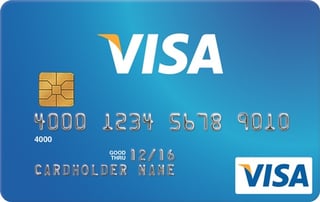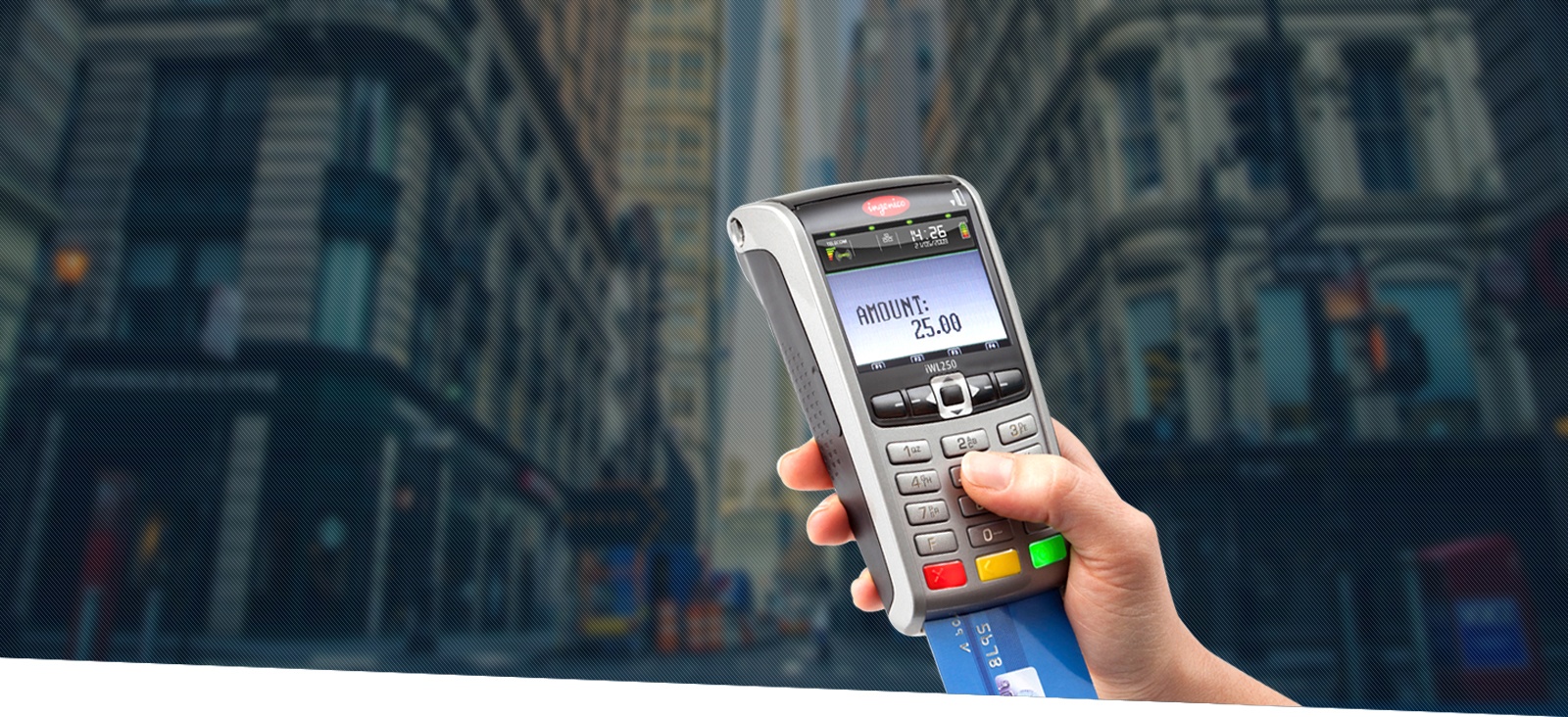Overview of EMV: 
EMV, which stands for Europay, MasterCard and Visa, is the technology thats behind the tiny microchip that's showing up on new credit and debit cards all over the U.S. Although the transactions now take longer, they are far more secure. This post will outline some of the major features of EMV and how it can affect your business.
Need more information? Check out the Knowledge and Support Center located on our website.
How the EMV liability shift affects your business
EMV Deadlines

As of October 1, 2015 if a fraudulent transaction occurs, the liability belongs to whichever party has not yet adopted EMV chip technology. This means that the issuing bank, or merchant could be held responsible for the fraudulent transaction.
This shift affects card present transactions only. Online transactions are not directly affected by the EMV liability shift.
Ways to accept EMV
1. Contact EMV terminal
Contact payments occur when a customer places their card into the EMV slot on a merchant's terminal. The terminal will identify and validate the authenticity of the card while it is in the slot. This can take a few seconds longer than a magnetic strip transaction.
2. Contactless EMV
Contactless EMV payments allow customers to tap their card against the EMV terminal, communicating through NFC (Near Field Communication), while still meeting EMV Requirements.
3. Mobile EMV
This type of transaction also utilizes NFC technology. Customers will upload their card information onto their mobile device. When it is time to make a payment, the customer will then authorize the app on their mobile device to communicate with the terminal, completing the payment. (Apple Pay, Google Wallet, Samsung Pay)
EMV Transaction Flow
There is a lot of miscummunication and false information regarding the transaction flow of an EMV transaction. This post will briefly summarize the flow of a transaction (and why it takes longer). For a more detailed explanation please download our E-Book.
At its most simplest form, an EMV transaction can be likened to a series of secure or encrypted messages. These encryptions are only used once, and the players involved are the only ones with the encryption keys.
1. A woman decides to purchase something from a store. She is going to pay with her chip enabled credit card.
2. The merchant has an EMV compliant terminal and starts the order process.
3. When the card information is entered, an encrypted message is created and transmitted to the issuing bank.
4. The issuing bank receives the encrypted message, determines if there is enough available balance to purchase the goods, and creates another encrypted message to send back to the EMV compliant terminal.
5. The EMV terminal receives the encrypted message and either approves, or declines the transaction.
EMV Liability Shift- Who's Liable
There are 3 common scenarios where liability can be assigned. It is important to understand the difference between them, and how it can affect you.
1. Traditional Magnetic Strip Card and Non-EMV terminal
In this scenario, the customer and the merchant are not EMV ready so the issuing bank is liable in the event of a fraudulent transaction.
2. Chip card and Non-EMV Terminal
In this scenario, the card issuing bank is EMV ready, but the merchant is not. If the purchase is fraudulent, the merchant will be liable.
3. Chip Card at EMV Compliant Terminal
In this scenario, both parties are EMV ready, and in the event of a fraudulent transaction, the issuing bank will be liable for the transaction.
Wrapping Up
EMV can be a very confusing time for merchants. If you are unsure about a particular situation, feel free to reach out and ask.
At the end of the day, it is a pretty simple transition. Here are a few pointers to help you through:
- Upgrade your terminal. You can't be liable if you're compliant. We do it for free here.
- If you are E-Commerce, verify zip code and CVV at a minimum to avoid fraud
- Follow your instincts, if your gut is telling you something is wrong, it probably is.
CONCLUSION:
Of course this is a basic overview of a complex subject, for a full breakdown, please download our E-Book.
EMV can be a very challenging transition for some businesses, but as long as you understand what your role within the system is, your liability can be reduced and you can go back to running your business worry free. We are always available to answer questions regarding EMV or any other merchant services related question. The most efficient way is to schedule a consultation where we can discuss your current situation.
Don't forget to subscribe to our newsletter for insider industry information, hacks, and tips to keep your fees and rates under control.





